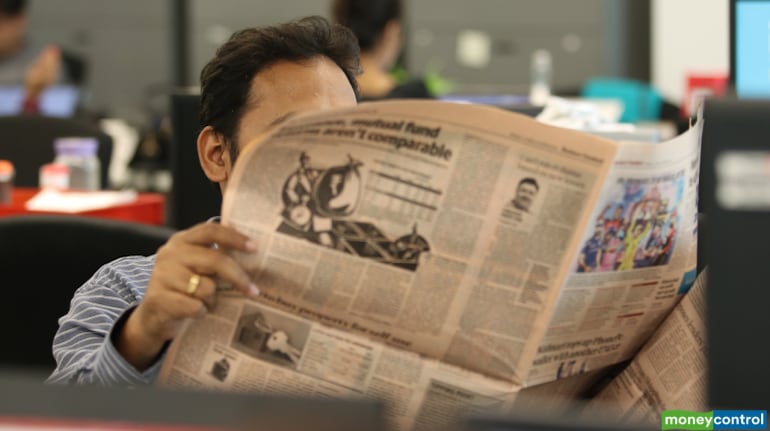The Centre can create fiscal headroom by speeding up the pace of disinvestment and asset monetisation on the back of a sharp upsurge in domestic equity markets since hitting the trough in March.
The focus of the market and the policymakers has shifted from survival to revival. Now, with the lockdown being phased out, there has been a gradual resumption in business activities, and the high-frequency economic indicators show an improvement in economic activity from the bottom of April with different indicators moving at different speeds.
The rural economy has been holding up better than urban. But recently, some of the urban indicators (such as traffic congestion, realty portal visits, GST data, etc.) are beginning to fare better again.
However, focus of fiscal policy should be on spurring growth in infrastructure and manufacturing segments, the two key pillars of the revival of growth.
It is expected that the next round of policy stimulus is likely to be targeted to the specific stressed sectors along with the continued focus on public investment.
For that, there is a need to concentrate on manufacturing and capture part of the possible global supply chain that shifts away from China.
In order to ensure the same and to incentivize domestic/foreign manufacturers, the focus should be on (1) labour reforms, (2) quicker approvals (3) reducing compliance burden.
Through the Production Linked incentive scheme, the government has started the process of promoting electronics manufacturing along with import substitution in some sectors.
The government needs to continue to promote exports as sectors such as automobiles, capital goods, chemicals, textiles, etc. could gain from export incentives, especially if global demand recovery picks up pace.
Also, the Centre can create a fiscal headroom by speeding up the pace of disinvestment and asset monetisation on the back of a sharp upsurge in domestic equity markets since hitting the trough in March.
In the case of infrastructure, the focus should be on the successful implementation for which the government has to ensure that project execution is under strict timelines, adherence to contract agreements in order to encourage private sector participation and sustained investment interest.
Monetary steps
While in the near term, headline CPI inflation is likely to remain high, there is space for monetary policy action as it is expected that the inflation trajectory would start to moderate in the second half of the current financial year (H2FY21).
This could open up space for RBI to cut policy rates further. There is a need to alleviate stress and reduce risk aversion of the banking system.
The banking and financial system should be incentivised to lend more incrementally and improve credit creation.
For that, schemes such as the SME guarantee scheme could be extended and implemented in order to incentivise banks and NBFCs to lend.
Along with that, liquidity flow should also improve to NBFCs, especially access to long term funding. RBI has tried to ensure that the new loan restructuring framework doesn’t lead to further banking system stress over the long run.
There is a need to ensure that the implementation of the restructuring package is undertaken with adherence to the guidelines strictly and ensure that there is no build-up of stress over the long term for the banking system.
(Shibani Sircar Kurian is Sr. Vice President and Head of Equity Research, Kotak Mahindra Asset Management Company)
Disclaimer: The views and investment tips expressed by experts on Moneycontrol.com are their own and not those of the website or its management. Moneycontrol.com advises users to check with certified experts before taking any investment decisions.








